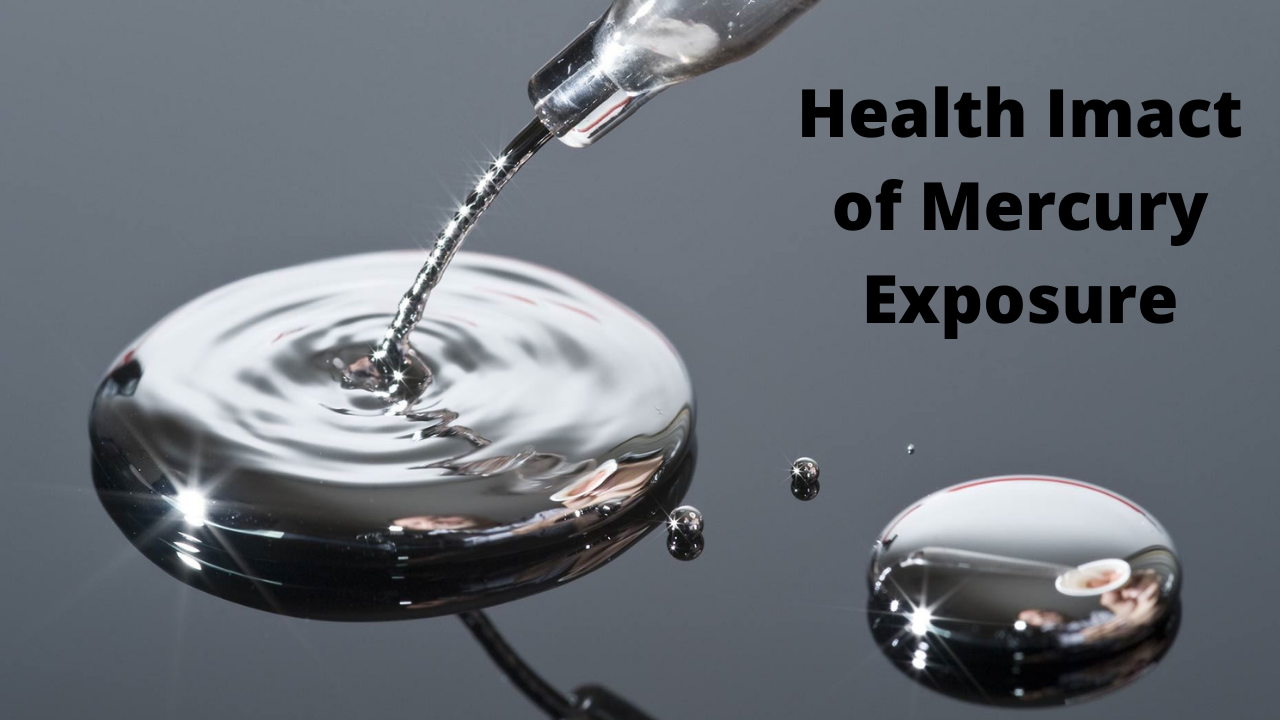Lead poisoning is a serious and potentially life-threatening condition caused by ingesting or inhaling lead. Lead is a naturally occurring heavy metal found in small amounts in the Earth’s crust, but it can also be released into the environment through human activities such as mining, manufacturing, burning fossil fuels, and disposing of lead-containing products.
Lead poisoning can cause a range of health problems, including permanent damage to the brain and kidneys, learning disabilities, and even death. Children are particularly vulnerable to the effects of lead poisoning, as their bodies absorb lead more readily than adults. Even low levels of lead exposure can lead to developmental delays, hearing loss, and other health issues.
Table of Contents
What Causes Lead Poisoning?
Even if lead is a naturally occurring substance, it can get ingested into people’s systems through these specific means:
1 – Lead Paint
Lead paint is a major source of lead poisoning, especially in older homes and buildings. Lead paint was used in homes until 1978, and it is still used in some industrial applications. When lead paint chips and peels, it can create dust that can be inhaled or ingested.
2 – Lead in Drinking Water
Lead can enter drinking water from lead pipes and lead-based solder used in plumbing. Even if lead pipes have been removed, lead can still enter drinking water from fixtures and faucets that contain lead.
3 – Lead in Soil
Lead can be present in soil due to past use of leaded gasoline and industrial activities. Lead can also enter the soil from paint chips, dust, and other sources. People can be exposed to lead from eating food grown in soil that contains lead.
4 – Lead in Consumer Products
Lead can be found in some consumer products, including clothes, jewelry, and other products. Ingesting lead from these products can lead to lead poisoning.
5 – Lead at Work
People who work in industries that use lead, such as construction, mining, and smelting, can be exposed to lead through inhalation and skin contact.
6 – Toys
Toys with lead paint, or toys that contain lead parts, can be dangerous for children. Ingesting lead paint can lead to lead poisoning. Although toys that contain lead parts or use lead paint have been banned, it is still best to check the labels of the toys you buy to ensure that you never give your children toys that have this dangerous substance.
7 – Cosmetics
Cosmetics such as lipstick and eyeliner can contain lead. In the US, the FDA has set limits for lead in cosmetics, but it is still best to be aware of the ingredients in the cosmetic products you buy and avoid those that contain lead.
How Detoxifying Can Help
Detoxifying can help to remove lead and other toxins from your body. Detoxing can be done through a combination of diet, exercise, and supplements. Eating a healthy diet full of fresh fruits and vegetables can help to flush toxins from your body, as can drinking plenty of water. Exercise can also help to flush toxins from your body, as well as reduce stress levels. Finally, supplements such as antioxidants, probiotics, and detoxifying herbs can help your body to remove toxins naturally.
Conclusion
Lead poisoning is a very serious issue that must be taken seriously. It can have a range of severe medical effects on the individual, such as learning disabilities, behavioral problems, and in extreme cases, death. Taking steps to reduce exposure to lead, such as improving ventilation, replacing lead-based paint, and providing education about the health hazards of lead, can all help to reduce the risk of lead poisoning.
If you are looking for the best detox drops, shop at Zeolite For Detox. Let our product that has natural zeolite help you detoxify your body today!
Recent Posts
Revitalize your health with an innovative detox approach offered by Root Wellness. This powerful solution enhances wellness through natural ingredients like zeolite and silica, effectively cleansing...
Roots Clean Slate Erfahrungen Revitalize With Bioavailable Silicon
Revitalizing your health begins with a natural approach to removing harmful substances. Detoxification can pave the way for a more vibrant life through effective cleansing methods. Bioavailable...


